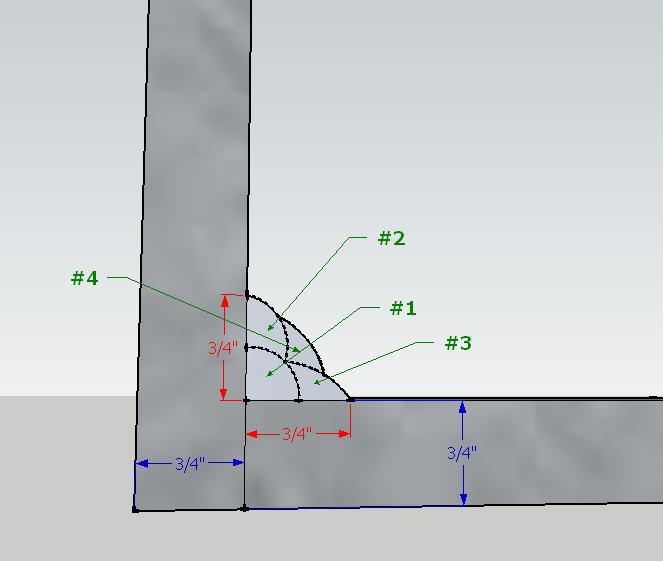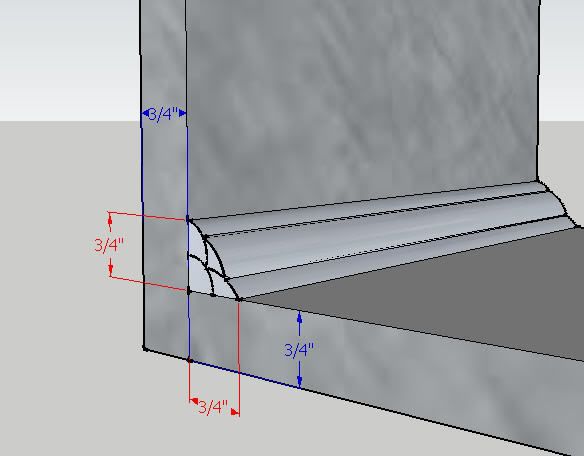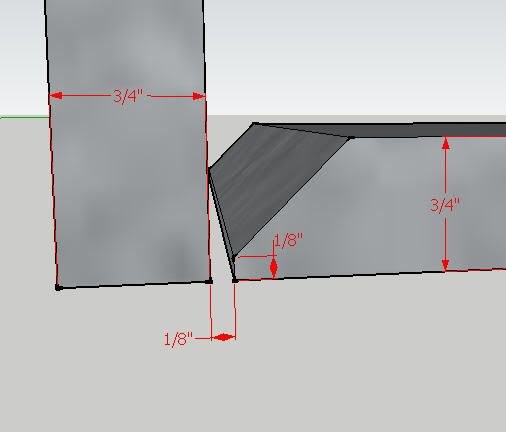FerrisDiesel
ArboristSite Lurker
Hey guys,
looking to make a 6 way wedge for my splitter......it's a homemade splitter, set up like a American CLS splitter......I looked into getting a 6 way from American but it's like :jawdrop: $375.00:jawdrop: I have some steel in my shop, what size do you guys think I should use for the slip on and should I just buy the wedges and weld them on for the 6 way or try and mill them??? If I do mill them what size steel and what kind should I use???
So many questions!!!
Thanks for any help
looking to make a 6 way wedge for my splitter......it's a homemade splitter, set up like a American CLS splitter......I looked into getting a 6 way from American but it's like :jawdrop: $375.00:jawdrop: I have some steel in my shop, what size do you guys think I should use for the slip on and should I just buy the wedges and weld them on for the 6 way or try and mill them??? If I do mill them what size steel and what kind should I use???
So many questions!!!
Thanks for any help









